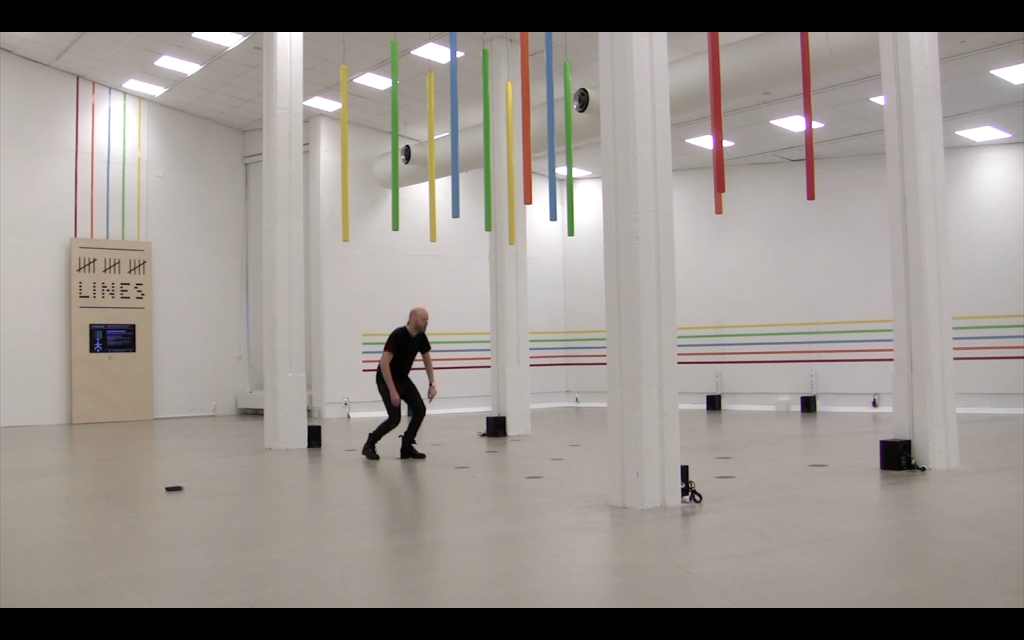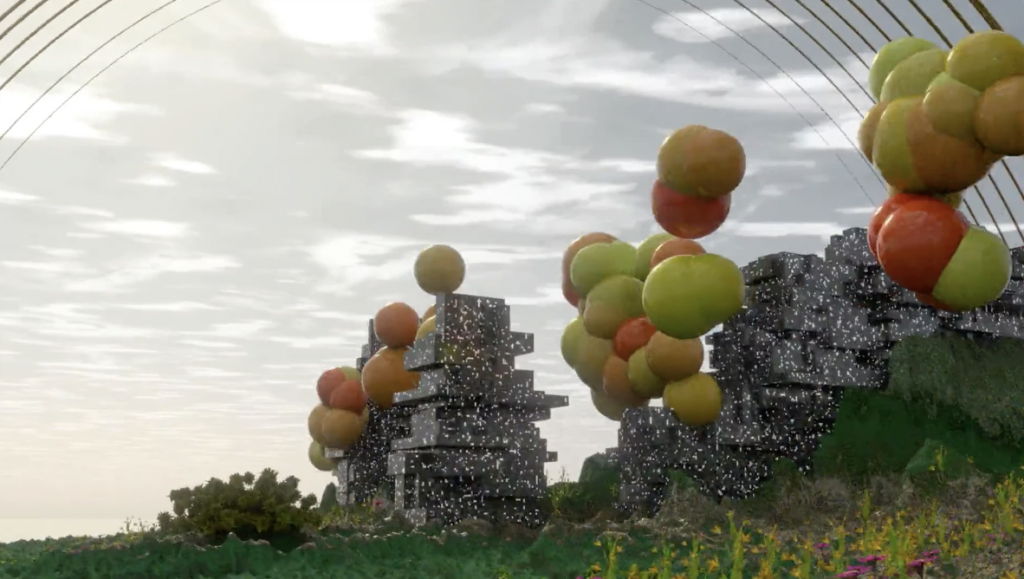
link: https://cycling74.com/projects/lines-interactive-sound-art-exhibition/
LINES is an interactive sound art exhibition created by Swedish composer Anders Lind in 2016. Lines attached to the wall, on the floor and hanging from the ceiling in combination with sensors and electronics are forming three novel music instruments. No musical experiences are required to perform, while the well-experienced musician or composer finds new musical challenges and opportunities with the instruments. The ambition with LINES is to enable: new forms of musical interaction, an exploration of new artistic expressions and to provide unique and inspiring musical experiences. And more than and art installation, it creates people’s interaction by enabling them playing and composing together with LINES.
![[OLD FALL 2019] 15-104 • Introduction to Computing for Creative Practice](https://courses.ideate.cmu.edu/15-104/f2019/wp-content/uploads/2020/08/stop-banner.png)







